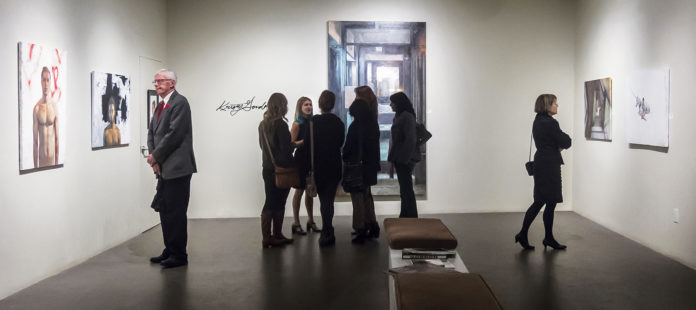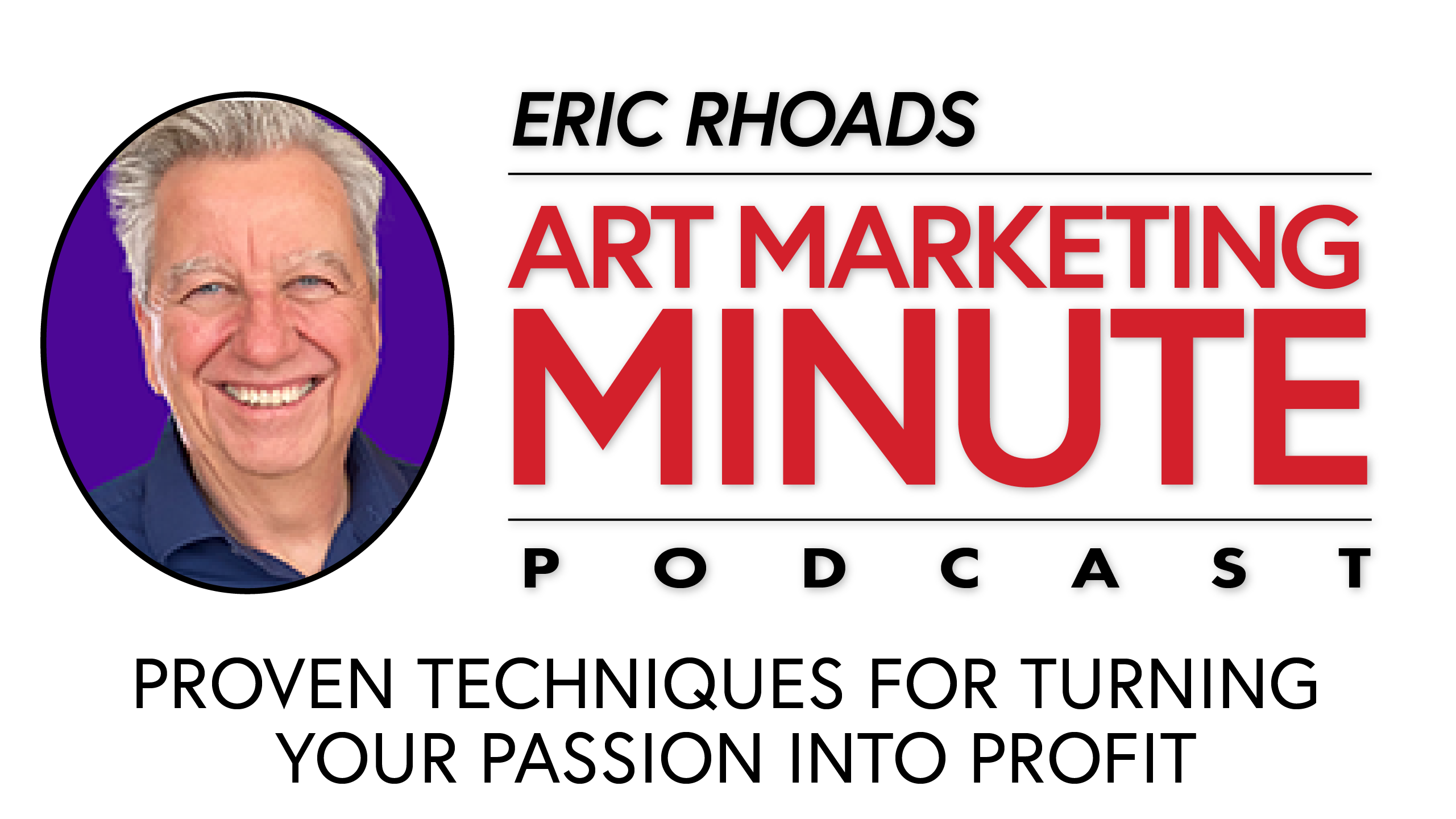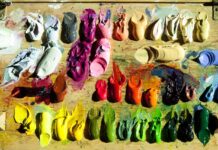In addition to getting over the intense fear of just putting your work out there, there are certain steps you can take to find the right art galleries to represent you. Here’s how one artist creates success.

How I Got Into My First Art Gallery
BY KRISTY GORDON
I believe that if something is meant to be, you will eventually find yourself on that path, even if life initially takes you on a little detour. As far back as I can remember I’ve wanted to be an artist, but I didn’t think that was a viable option. As a child I was encouraged to draw and paint, but I was also told that hardly anyone “makes it” as a fine artist. So when I graduated from high school, I went into animation, which seemed like a good compromise – I could be an artist but also have a paycheck. Amazingly, the path that I chose as an animator was the same route that opened up the right doors for me to become a full time painter.
I was working at a family-run animation studio in Ottawa, which was owned by a well-known Canadian painter, Philip Craig. Philip was the first artist I had ever known who was making a living from the sales of his paintings. He taught painting classes in the evenings on Wednesdays, which he let me attend for free. Philip also invited me to paint with him in his studio whenever I wanted to take a break from my animation work. Doing this gave me a glimpse of the inner workings of a studio. I saw him showing clients new paintings and heard his wife talking to collectors. I was studying him and how he interacted in his different roles as an artist – as a teacher, when talking to gallerists and when selling to collectors.
One of the people who was attending Philip’s painting class was a gallery owner. Philip suggested I bring some of the paintings I had completed into the class and leave them around the room for the gallery owner to see. I took Philip’s advice. The gallery owner did notice my paintings and I got up the guts to ask if he’d like to see more of my work. It blew my mind when the gallery owner said yes, and we set up a time for me to come into his office. I was elated and absolutely terrified.
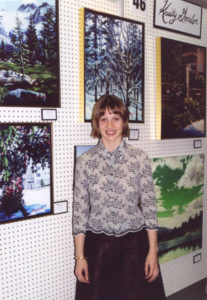
I could barely breathe as I walked in on the big day with all the paintings that I had finished. The gallerist took my paintings on consignment and also taught me a lot about selling art. He was really good at selling work, and amazingly, sold almost everything I gave him.
I was painting in the evenings and weekends for several months and working in animation by day. I wanted to paint full time but was unsure how to make that work financially. To support me in making this transition the gallery owner did something that I’ve never heard of since – he started buying my paintings directly, instead of taking them on consignment. This encouraged me to leave my animation job and start painting for him full time. I loved being represented by him and was amazed at how my life transformed before my eyes: I was as a full-time painter at the age of 24. A passion grew to push my budding art career to the next level, and I wanted a gallery that was not in a shopping mall.
I decided I wanted to consciously expand my gallery representation, and I read a book by Cay Lang called “Taking the Leap” which laid out specific steps on how to submit to a gallery. Over the years I have continued to refine my approach and update it to account for the changes that have taken place with technology.
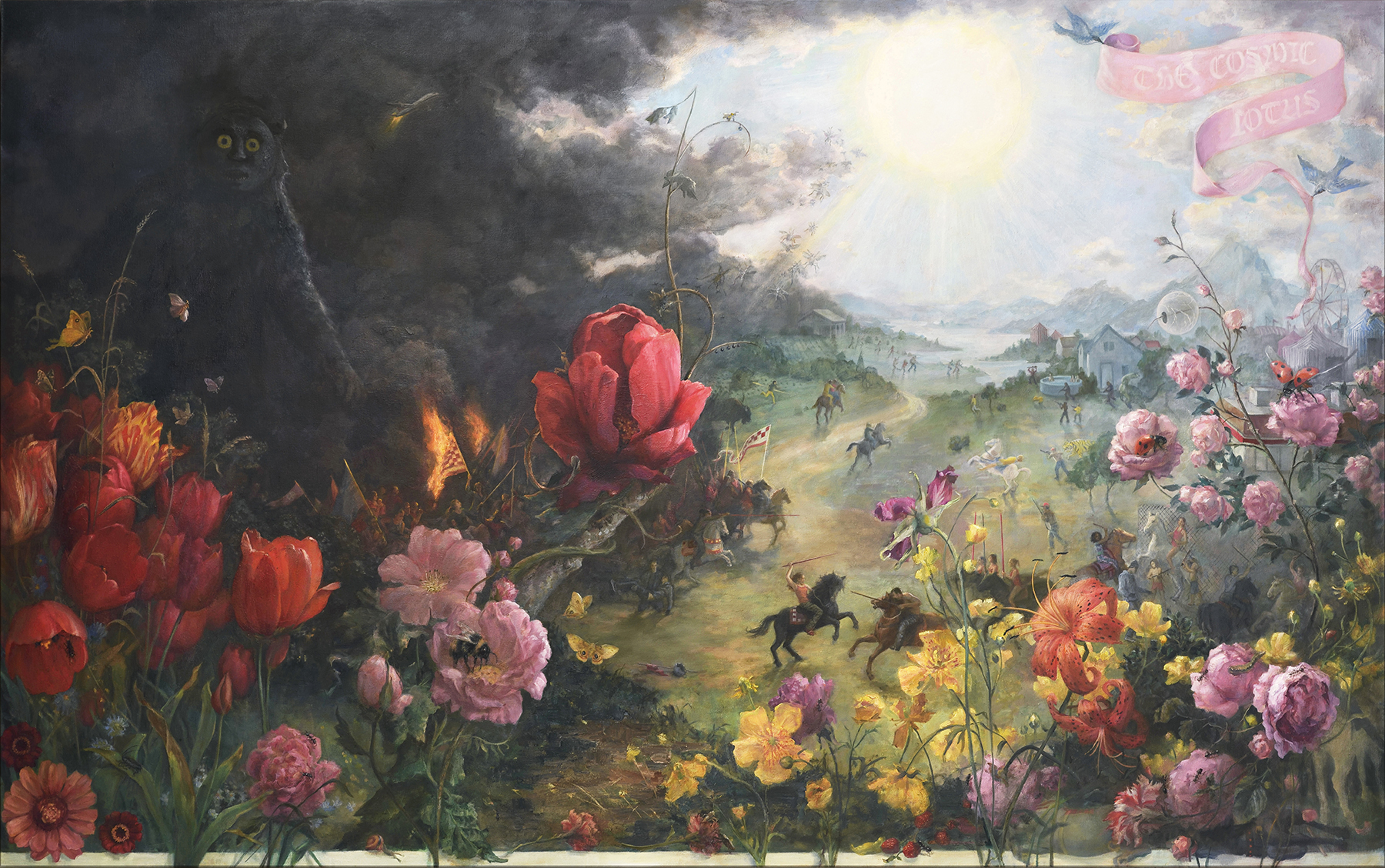
First, I research and compile a list of ten galleries that show work similar to mine, and that represent artists at my career level. Then I go into the gallery in person and look at the work carefully before approaching the person at the front desk. I never have a portfolio in hand when I make these visits. However, I do have a photo album on my phone and my website is kept updated in case they ask to see something. After admiring all the work in their gallery I approach the person at the front desk, sometimes this is the director or the owner and sometimes it is an assistant. I strike up a conversation with them and ask if they prefer to receive artist submissions via email or hardcopy. After the visit I immediately send them a greeting card saying that it was a pleasure to talk to them, reminding them that they ever met me.
Next, I send them a carefully prepared artist’s packet or email submission, which contains a cover letter, a biography, artist’s statement, resume, 10-15 images of my work, and a self-addressed stamped envelope (if they’re requested a hard copy, which these days is unlikely). I send packets to ten different galleries at once, making a checklist of the galleries and dates sent, while checking-off the boxes as the rejection letters come in. They are to be expected and are just a normal part of the process. Statistically one in ten will answer with a positive response. Every single time I have followed this exact process, I have had exactly one in ten respond positively and start representing me – it’s like magic.
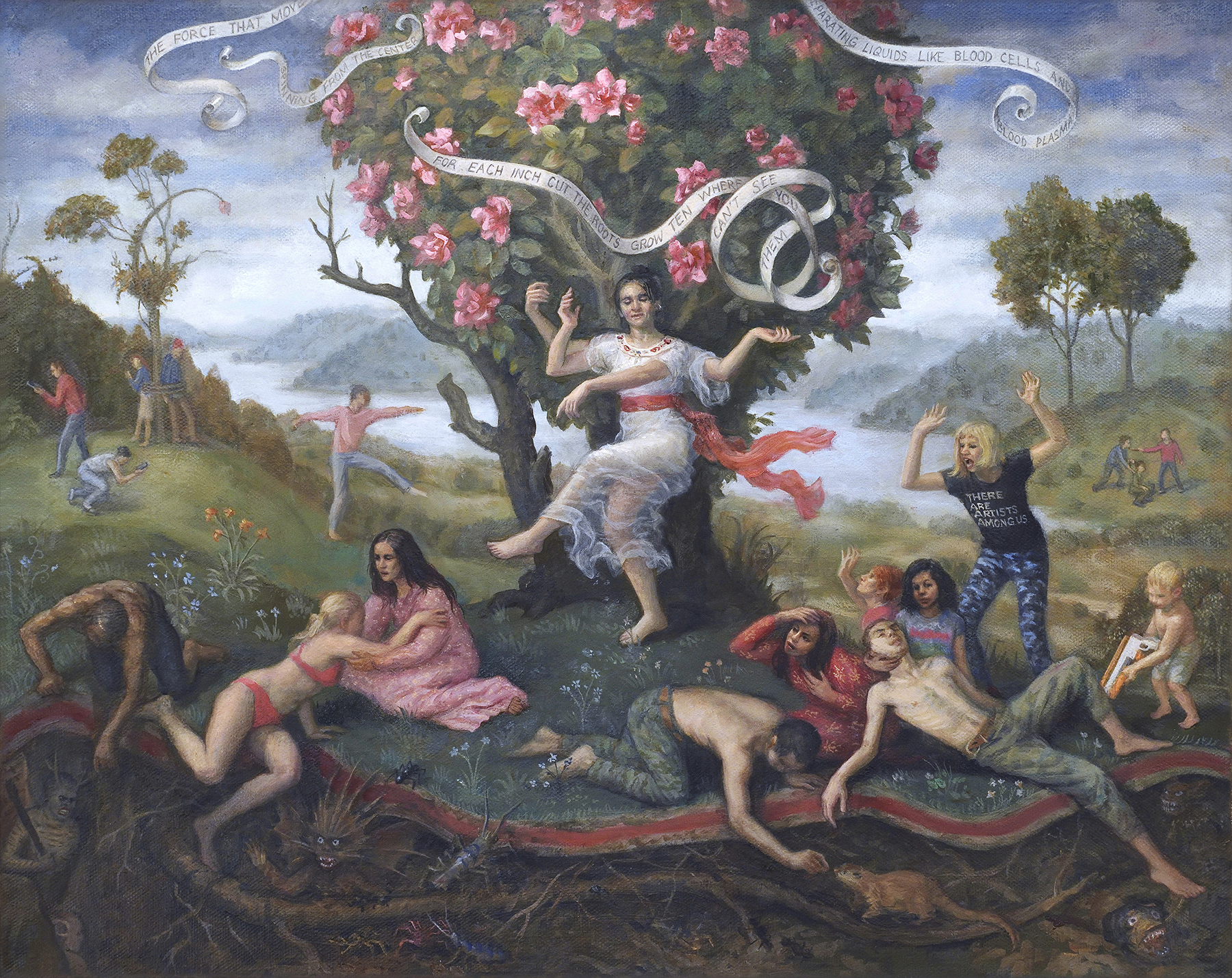
One of the most important parts of the process is knowing how to interpret the responses. There are a few “no’s,” which are actually more like a delayed “yes.” Often, galleries express that they are not currently accepting new artists but would like to see where you are at in six months; this is a great sign! It is rare for a gallery who has not heard of you to take you right from the start. They want to obverse your progress. Add them to your email list, keep them updated on your achievements and be sure to contact them in six months with new work.
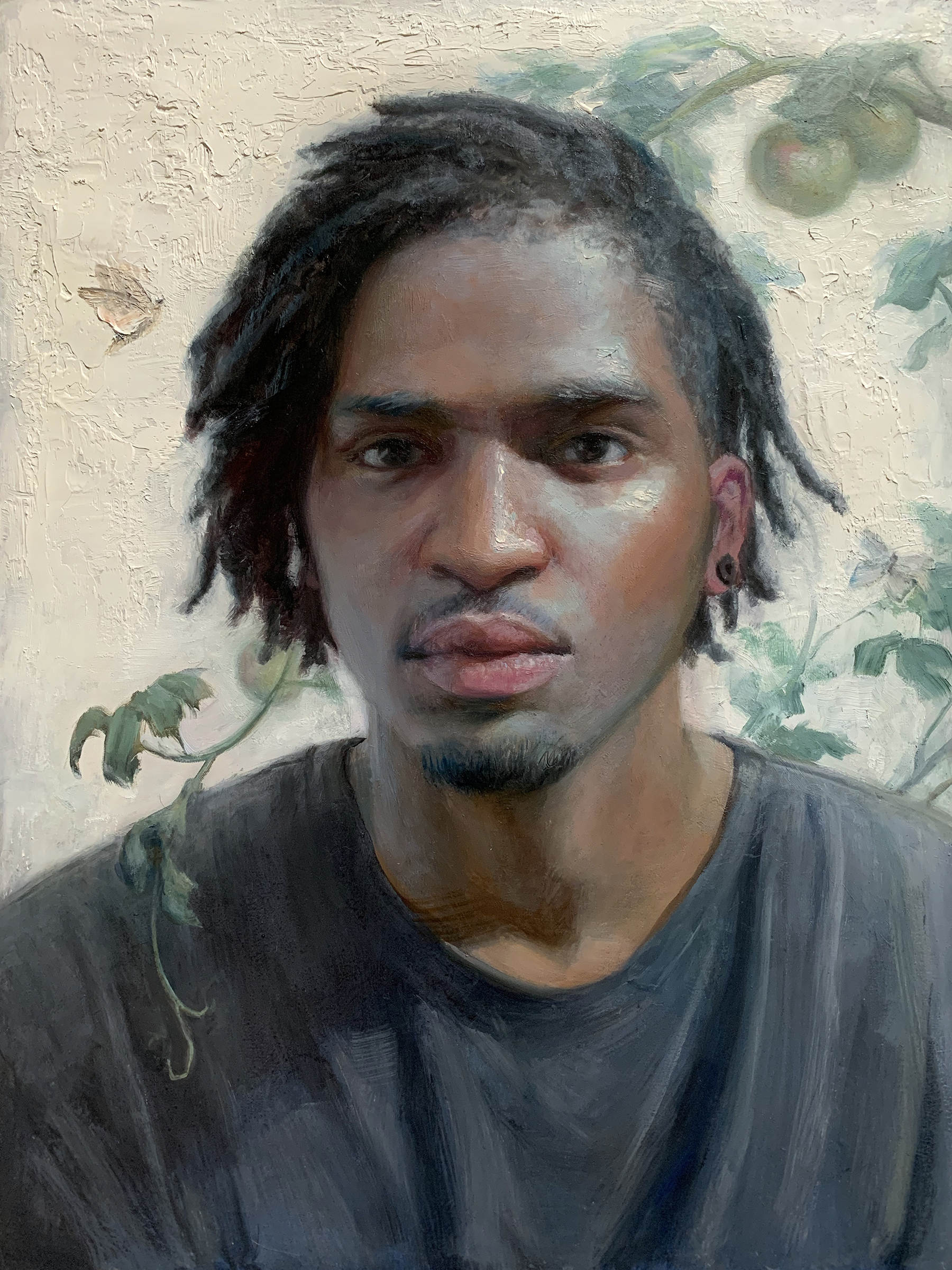
Sometimes a gallery writes back and says your work is not right for their gallery, but they know someone else that you might be a good fit for. Send them a sincere thank you letter right away and express your gratitude and interest in being introduced to the other gallery. Connecting with a gallery is a process, so give it time to build and keep nurturing the connection for the future. It takes a lot to put our work out there and overcome the intense fear by doing it anyway.
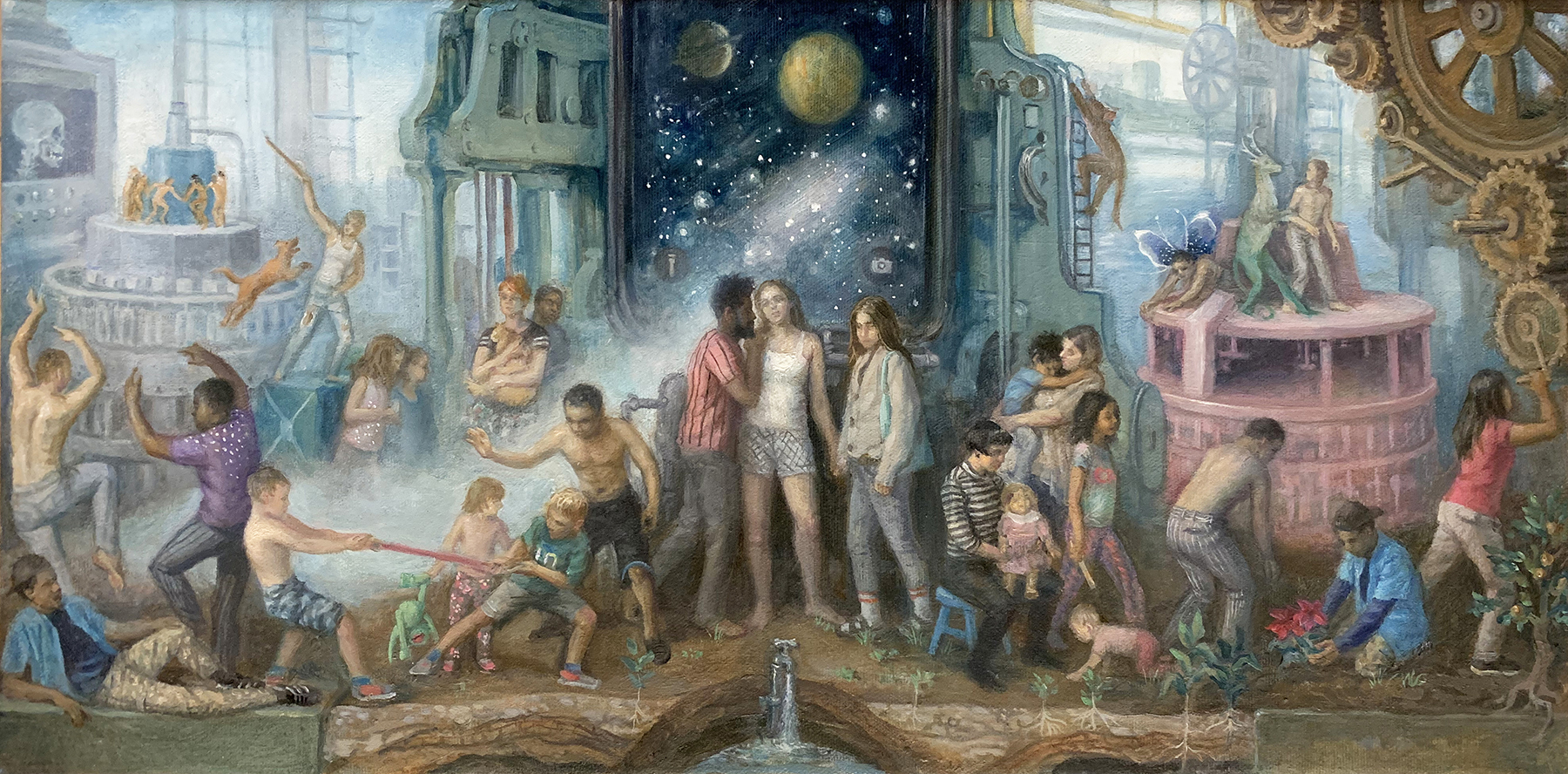
I believe that our dreams and goals are intuitions for what can come if we are willing to take the steps to make them happen. I continue to take little baby steps in the direction that my heart is leading me, and the path reveals itself to me over time. I am amazed to be living an artistic life that is beyond my wildest childhood dreams.
Connect with Kristy Gordon:
Website | Instagram
Related to Working with Art Galleries >
Listen to the Art Marketing Minute Podcast with Eric Rhoads
Read Next > “Museum Studies” Teach the Language of Art


